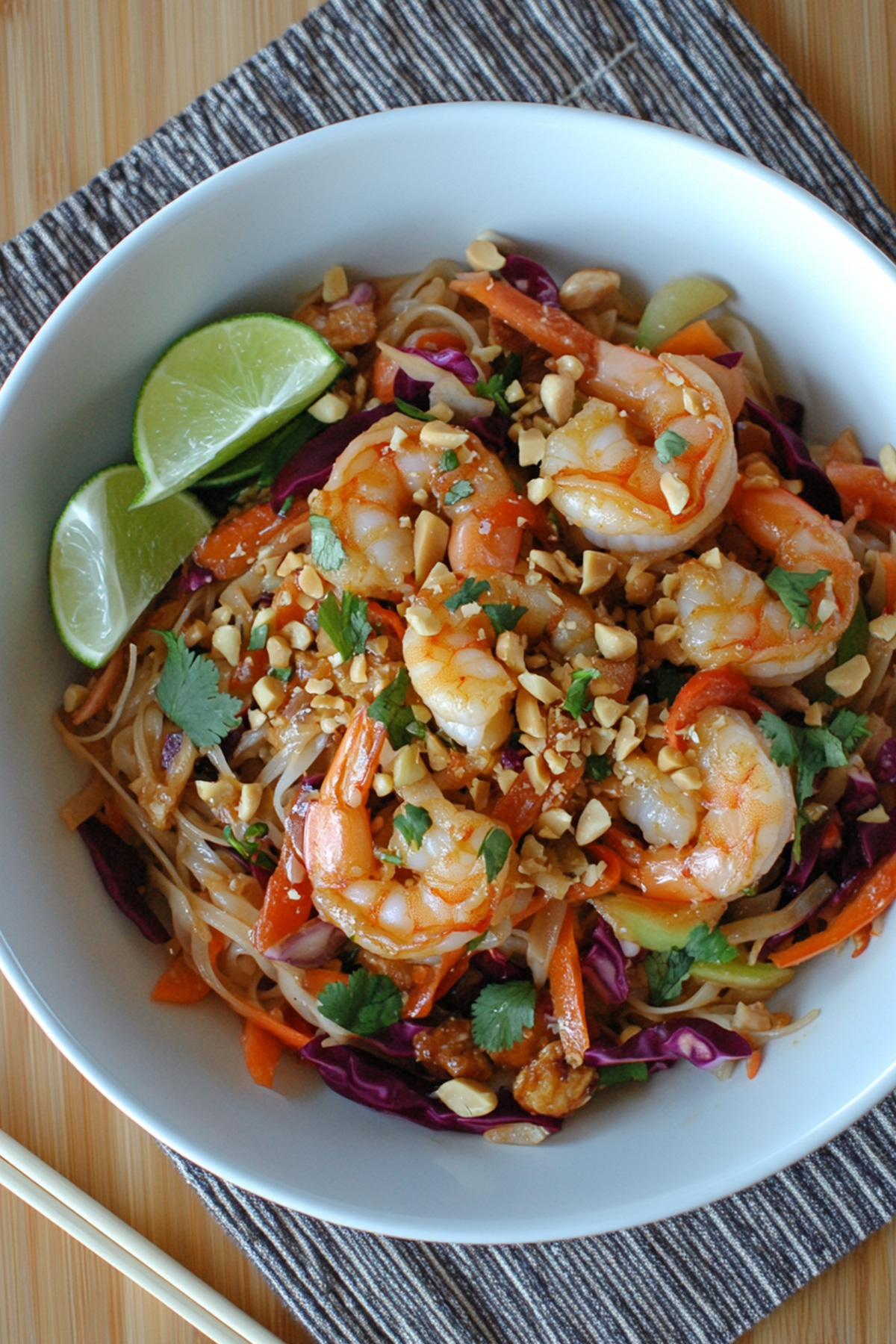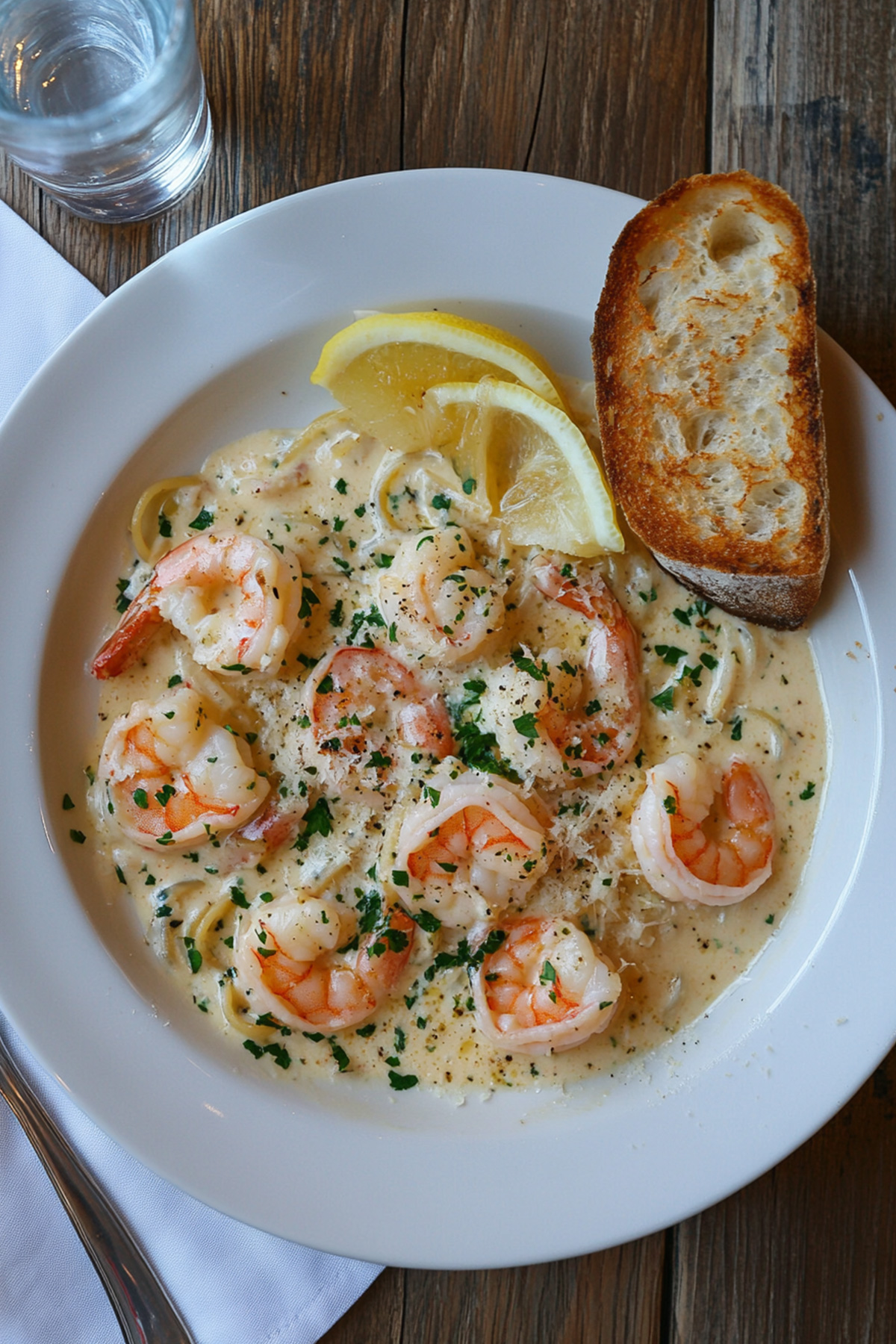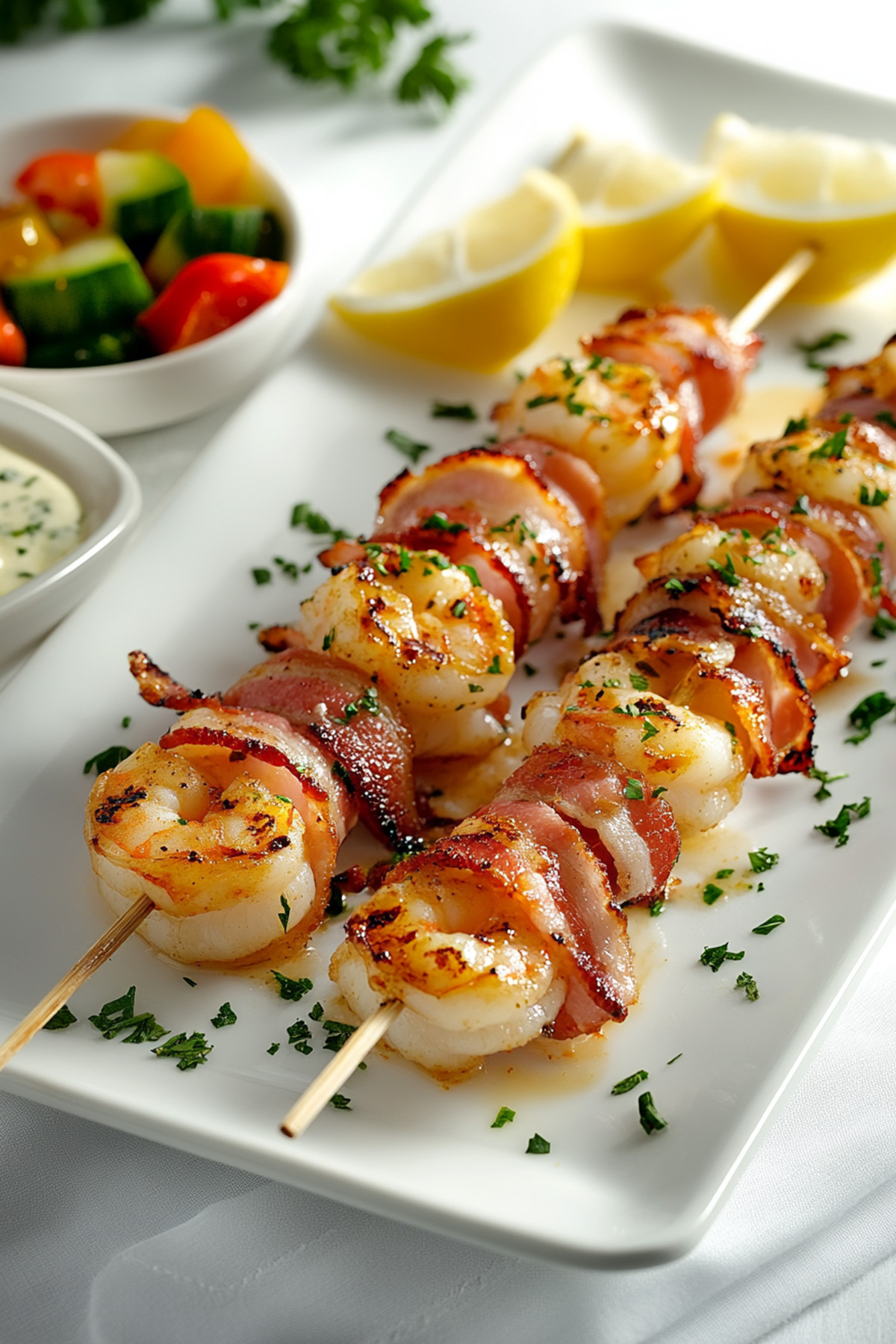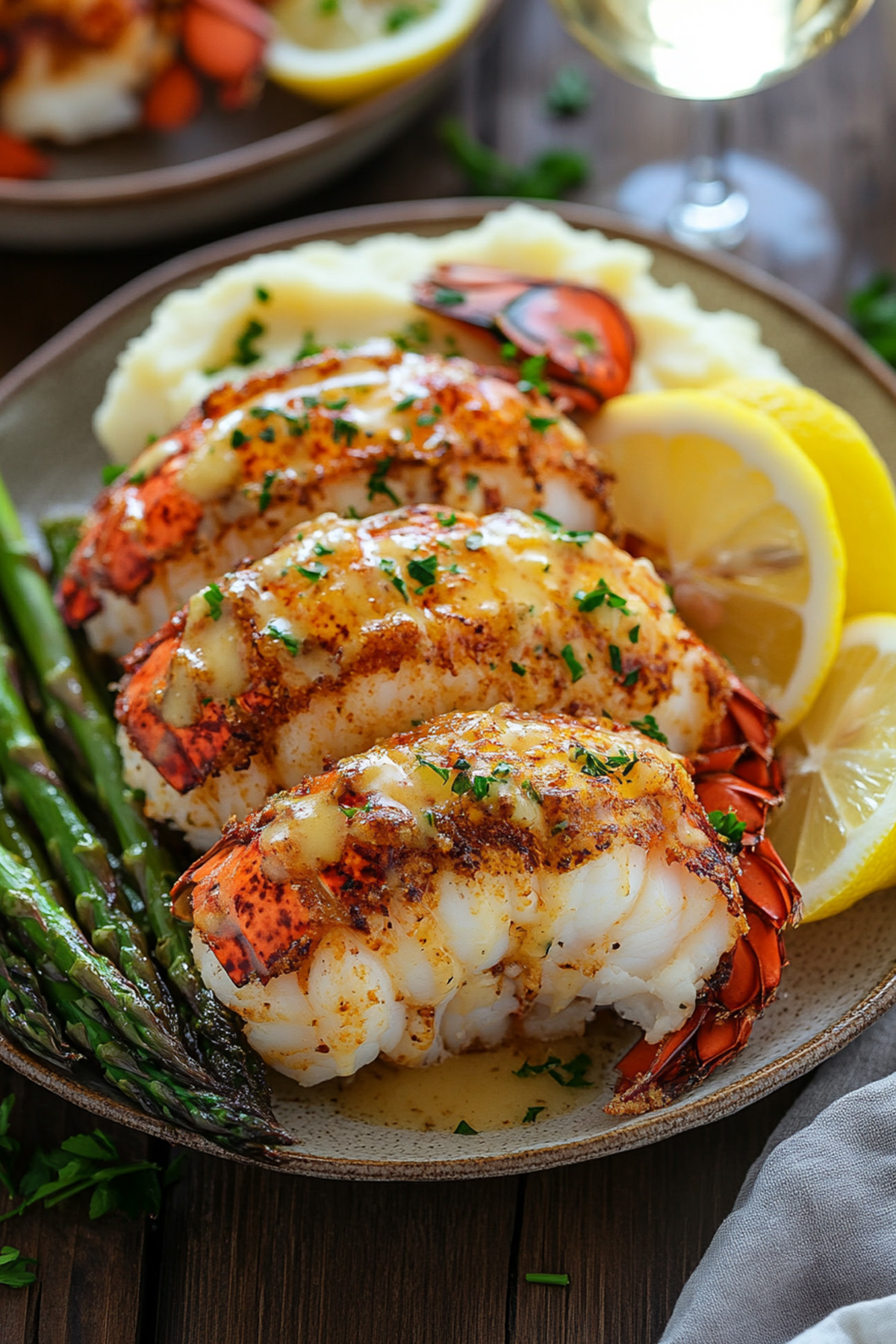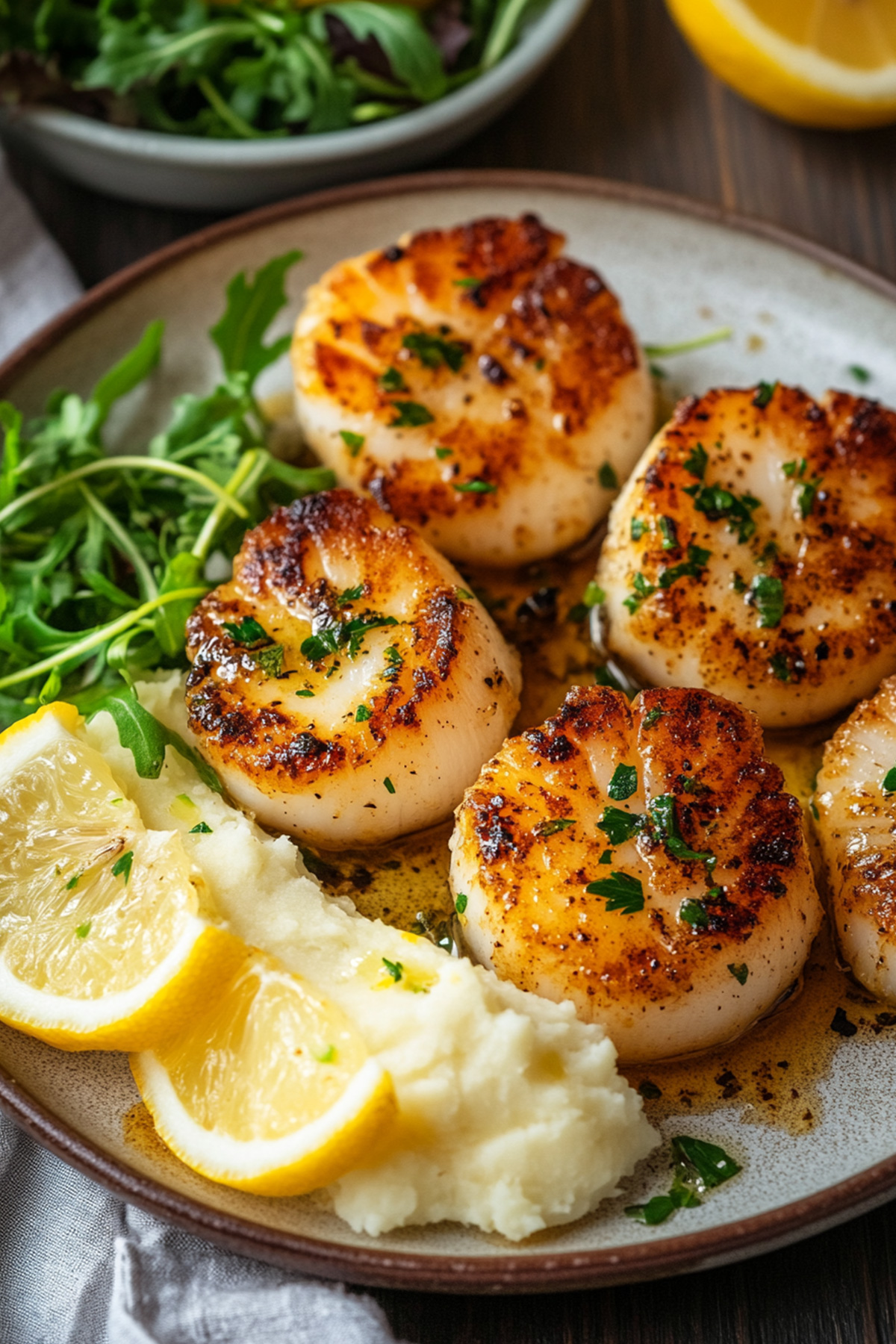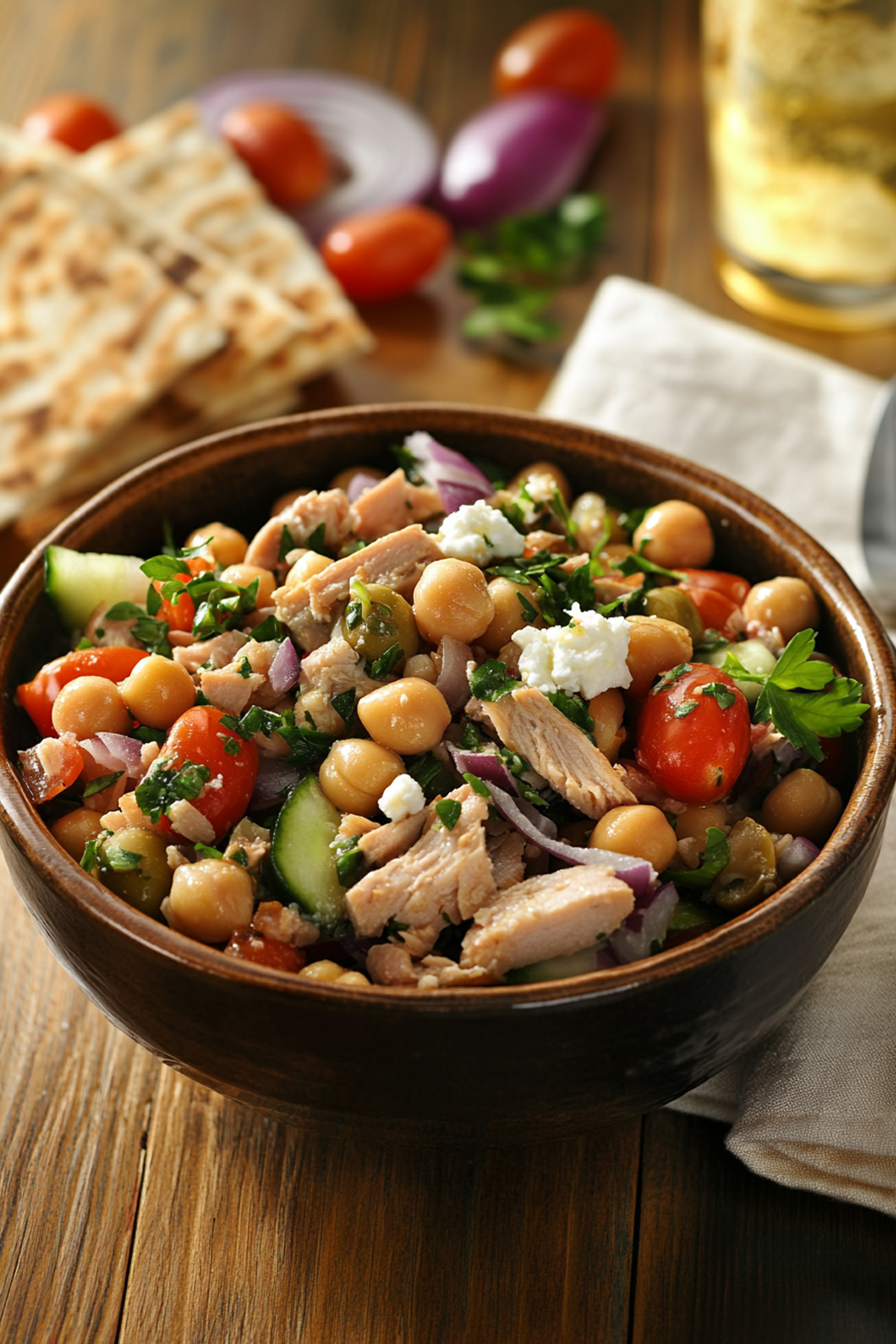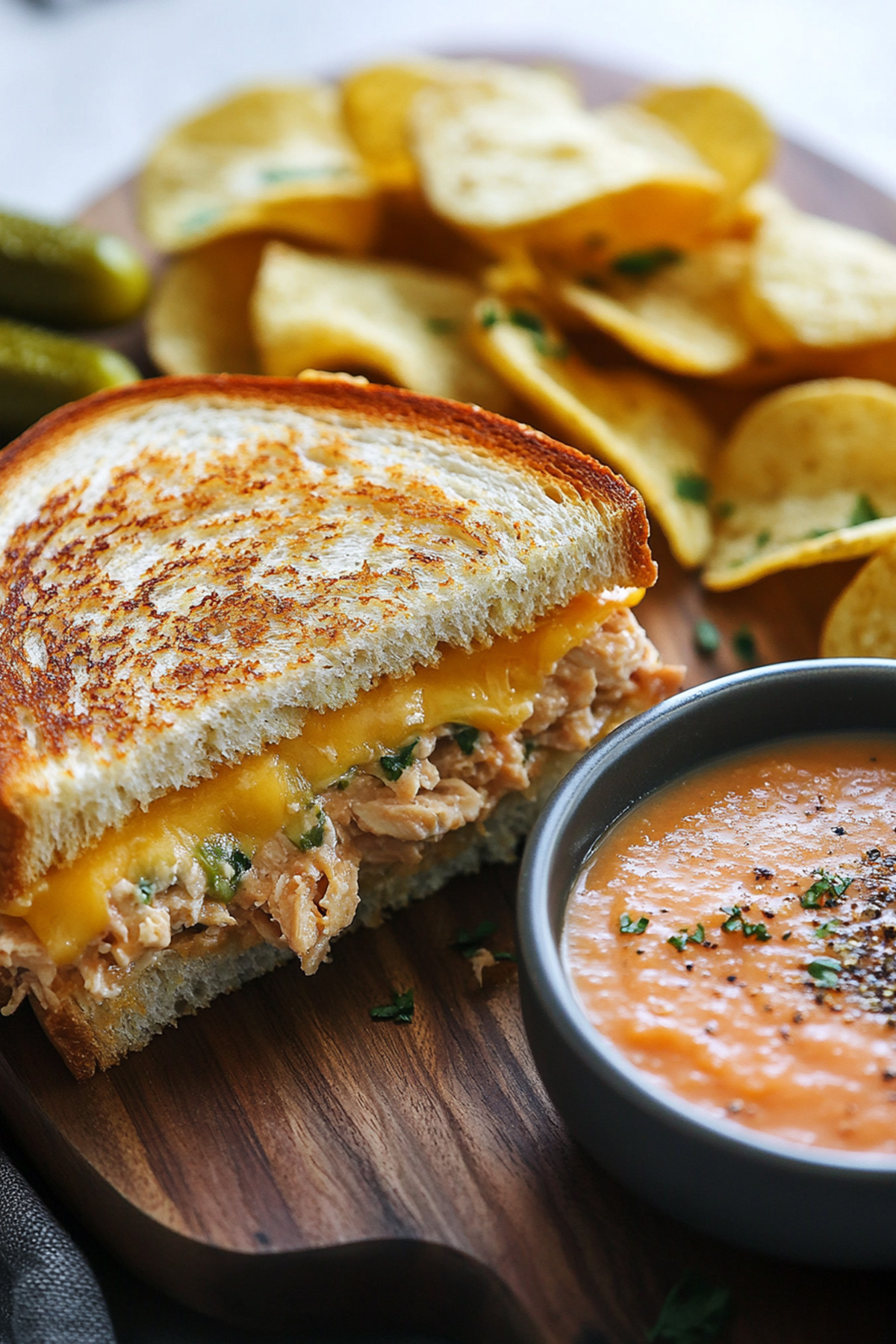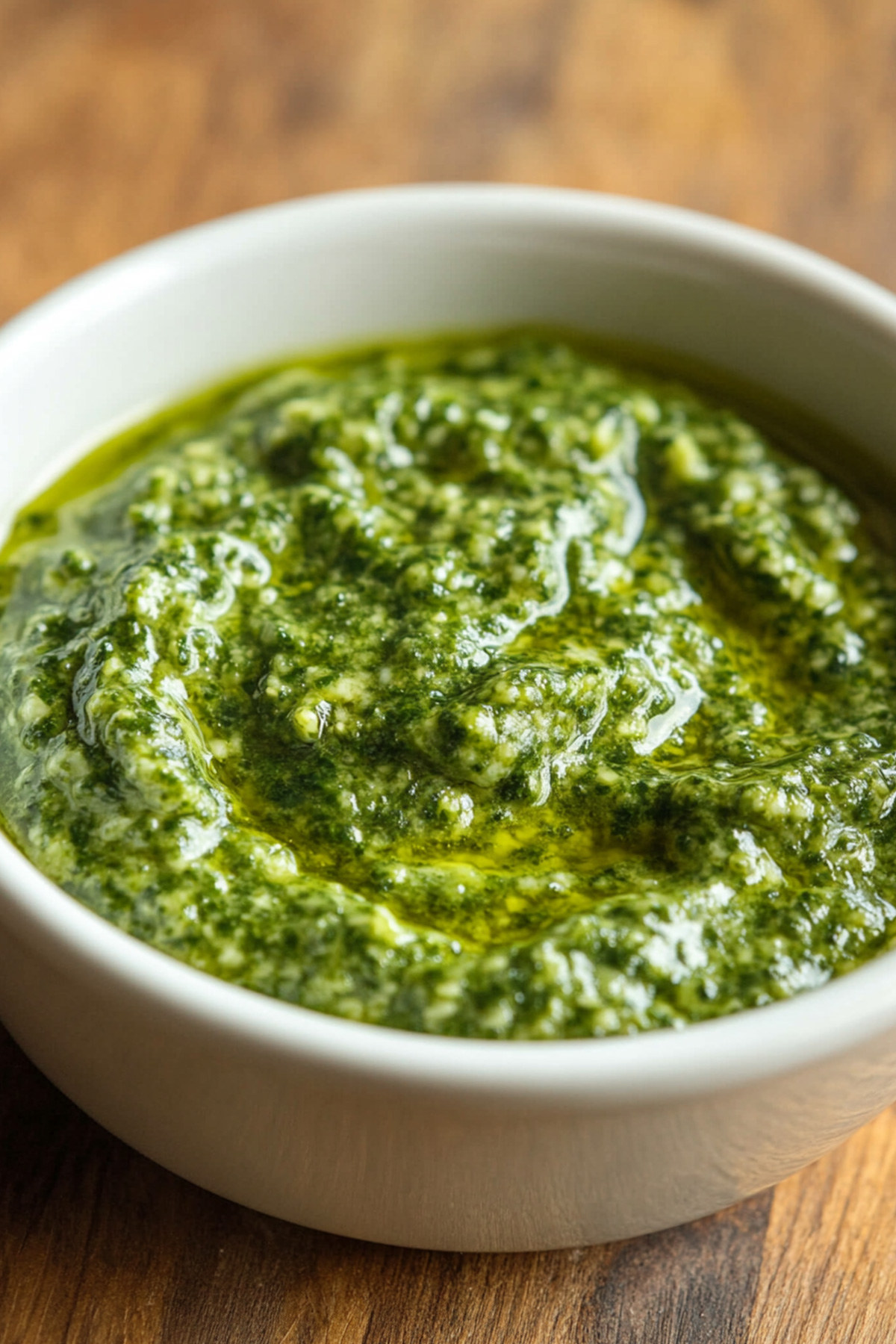Disclosure: As an Amazon Associate and participant in other affiliate programs, we earn from qualifying purchases. We only recommend products we believe will provide value to our readers.
The combination of yogurt and fish might seem unusual, but the Bengali dish Doi Maach shows how these ingredients create one of the most delectable fish curries that you’ll taste.
Bengali Doi Maach turns fresh fish and creamy yogurt into a rich, aromatic curry. The dish brings sophistication and comfort to your table. This recipe works well for everyone – from Bengali cuisine experts to curious beginners. The perfect blend of subtle flavors and tender fish will lift your cooking skills naturally.
You’ll find the authentic Doi Maach recipe here, complete with tips about selecting the right fish and preparing the yogurt-based gravy. Our detailed steps and expert advice will help you make this beloved Bengali dish at home easily.
Table of Contents
What is Doi Maach: Understanding the Bengali Delicacy
Bengali cuisine brings us Doi Maach, which means “Fish in Yogurt Sauce” – a cherished dish that captures Bengali cooking’s essence. This dish stands out because West Bengal is the only region where cooks traditionally combine fish with yogurt.
Doi Maach represents more than a recipe. It’s proof of Bengali culture’s rich cooking heritage and shows Mughal traditions that shaped it through generations. The dish shines through its simplicity – you can make this one-pot meal in just 20 minutes.
Traditional recipes use rohu (rui) carp, but these fish work well too:
- Rohu (traditional choice)
- Salmon
- Tilapia
- King fish
- Dover sole
- Gray mullet
The dish’s unique cooking style makes it special. Most Bengali fish curries need pre-fried fish, but Doi Maach steams the fish directly in its yogurt-based gravy. This creates a creamy curry with gentle spices that tastes refreshing on warm summer days.
You’ll see different versions of this dish across Bengal, known as Doi Rui, Katla, or Doi Pona – each a variation of the original recipe. This yogurt-based fish curry blends simplicity with sophistication, making it perfect for special occasions or weekend meals while staying true to Bengali cooking traditions.
Read also: Traditional Kerala Fish Curry Recipe
The Art of Preparing Bengali Style Doi Maach
Becoming skilled at preparing Doi Maach needs attention to detail and techniques that make this Bengali delicacy special. The dish’s magic starts when you handle mustard oil properly, as it creates the foundations of flavor. The original pungency of mustard oil turns into a pleasant aroma that adds depth to your curry with proper heating.
Yogurt handling technique stands out as one of the most vital parts of Doi Maach preparation. Never add yogurt to a hot pan – this golden rule can make your dish succeed or fail. You should turn the flame to its lowest setting or switch it off before adding yogurt to stop it from splitting.
Your authentic taste depends on these key elements:
- Proper fish marination with turmeric and salt
- Careful blending of the mustard paste until creamy
- Correct tempering of whole spices
- Adding onion paste at medium-low heat
- Gentle simmering of the final curry
The Secret of Spices: Doi Maach’s unique feature is panch phoran, a five-spice blend with magical effects. This special mixture has cumin seeds, nigella seeds, fennel seeds, carom seeds, and fenugreek seeds in equal amounts.
The curry base needs proper blending. Your mustard paste should be smooth and creamy – any grains can make the final dish bitter. The color should look like light cream with a slight yellow tinge, suggesting perfect blending.
Here’s a tip to make your Doi Maach restaurant quality: use the fish frying pan and oil to prepare the sauce. This deglazing technique adds amazing depth and complexity to your curry.
Note that Doi Maach balances the tanginess of yogurt, the richness of fish, and the warmth of spices. A touch of sugar can harmonize these flavors and balance the yogurt’s tang perfectly.
The Cultural Heritage Behind Doi Maach Bengali Style
Bengali culture shows us that food surpasses mere sustenance – it’s an emotion that brings people together and strengthens bonds. Fish holds a special place in Bengali’s cultural fabric and symbolizes prosperity and good fortune.
Doi Maach and other fish preparations are central to many Bengali ceremonies and celebrations. Fish blends into their culture in several ways:
- Pre-wedding celebrations feature decorated Ruhu fish during the Tattva ceremony
- A traditional fish presentation welcomes new brides to their marital homes
- The nadosh fish in clay lamps symbolizes good fortune in wedding chambers
- Special fish preparations mark the end of mourning periods
The Mythological Connection: Hindu mythology tells us that Matsya (fish), one of Lord Vishnu’s avatars, is a most important figure as earth’s savior from floods. This spiritual link raises fish from mere food to a symbol of preservation and continuity.
Fish becomes more than just a meal for Bengalis away from home – it changes into a powerful link to their cultural identity. The saying “mach khao buddhi barbe” (eat fish to increase intelligence) shows how deeply fish is woven into Bengali wisdom and daily life.
“Maach-bhaat” (fish and rice) represents more than a meal combination in Bengali homes – it’s a cultural identifier that connects generations. Modern Bengalis who settle abroad use their fish preparations, especially Doi Maach, as a bridge to their roots. This helps them maintain their cultural identity in foreign lands.
Fish’s cultural importance in Bengali society goes beyond the dinner table. Its presence in daily rituals and festival celebrations makes it an essential part of Bengali identity and tradition.
You may like: Bhekti Macher Paturi Recipe
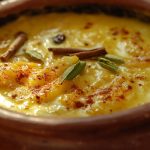
Doi Maach Recipe
- Total Time: 1 hour 30 minutes
Description
Want to make this cherished Bengali dish at home? Let’s take a closer look at this simple yet elegant doi maach recipe that strikes the perfect balance between tangy yogurt and tender fish.
This classic Bengali fish curry brings together rich yogurt and aromatic spices. The result is a creamy, tangy curry that fits both everyday meals and special occasions. You can prepare this dish in about 20 minutes and achieve restaurant-quality results at home.
Ingredients
- 400 grams Rohu fish, sliced.
- 1 cup yogurt (curd).
- 1 onion, sliced.
- 6 cloves garlic.
- ½ inch ginger.
- 1 inch cinnamon stick.
- 2 cardamom pods.
- 5 cloves.
- 1 teaspoon cumin seeds.
- 1 tablespoon Kashmiri red chili powder.
- 1 teaspoon turmeric powder.
- 2 tablespoons sultana raisins.
- 3 tablespoons mustard oil.
- 2 green chilies, sliced.
- Salt to taste.
Instructions
- Mix fish with raisins, turmeric, red chili powder, salt, and 1 tablespoon oil. Let it rest for 15-30 minutes.
- Heat oil in a heavy-bottomed pan. Sauté garlic, ginger, and onion for a minute.
- Let the mixture cool and blend it into a smooth paste.
- Heat the remaining oil. Add cumin seeds until they crackle.
- Toss in whole spices (cinnamon, cloves, cardamom) and sauté briefly.
- Lower the flame, add the marinated fish with yogurt.
- Cook everything for 10 minutes on medium flame.
- Add green chilies and sugar, combine well.
- Let it simmer for 4-5 minutes on low flame.
Notes
- The yogurt should be thick and whisked until smooth.
- Add yogurt after the spices cook completely.
- Keep the heat medium-low while adding yogurt to avoid curdling.
- Mix some all-purpose flour with yogurt to prevent splitting.
- Prep Time: 60 minutes
- Cook Time: 20 minutes
- Category: Seafood
- Method: Baking
- Cuisine: Indian
Health Benefits of Doi Maach
Are you searching for a nutritious addition to your diet? Doi Maach’s health benefits might surprise you. This Bengali fish curry combines two powerhouse ingredients – fish and yogurt – that create a dish both delicious and beneficial for your health.
A plate of Doi Maach provides a rich source of high-quality protein and essential nutrients. The fatty fish varieties in this recipe offer exceptional benefits because they contain omega-3 fatty acids that support your body and brain function.
This Bengali delicacy offers remarkable health benefits:
- Heart Health Champion: Regular fish consumption has been linked to a 15% lower risk of heart disease
- Brain Power Boost: Fish consumption is associated with slower rates of mental decline and improved memory function
- Vitamin D Powerhouse: A single serving of fatty fish provides around 100% of your recommended daily vitamin D intake
- Mood Enhancement: Regular fish consumption has shown positive effects on mental health
The yogurt-based gravy in Doi Maach brings additional health benefits. Many people question combining fish and yogurt, but this combination supports digestive health if prepared correctly. The probiotics in yogurt maintain good gut bacteria, which becomes especially beneficial during antibiotic treatment.
A Balanced Approach: Fish and dairy in Doi Maach create a well-rounded meal, especially with vegetables and grains. The omega-3 fatty acids from fish support liver health by reducing inflammation, and the creamy yogurt base soothes stomach irritation.
References:
– Healthline
– timesofindia
Note that fatty fish varieties in your Doi Maach recipe provide maximum health benefits. These types have higher levels of beneficial nutrients and essential omega-3s that make this dish a treat for your taste buds and a boost for your overall health.
Nutritional Information of Doi Maach
The nutritional profile of your Doi Maach recipe can help you make better food choices. Let’s explore the nutrients packed in each flavorful serving.
A standard serving of Doi Maach contains 165 calories, which fits perfectly as a main course option. Your body gets 10.6 grams of protein per serving that helps build and maintain muscles.
Here’s the complete nutritional breakdown per serving:
| Nutrient | Amount |
|---|---|
| Total Fat | 6.9g |
| Carbohydrates | 16.1g |
| Dietary Fiber | 4g |
| Sodium | 625mg |
| Potassium | 548mg |
This Bengali dish packs everything in vitamins and minerals:
- Vitamin B12: 38% of daily value
- Vitamin A: 35% of daily value
- Vitamin K: 97% of daily value
- Selenium: 23% of daily value
- Copper: 20% of daily value
The yogurt base adds carbohydrates and protein to your diet and serves as an excellent source of vitamin B12, vitamin B5, zinc, and potassium. Fish enriches the dish with omega-3 fatty acids that include EPA (0.02g) and DHA (0.04g) in each serving.
This Bengali delicacy offers a balanced mix of 27g of carbohydrates, 12g of fat, and 24g of protein in each standard portion. The dish’s moderate sodium content of 518mg makes it suitable for most dietary needs.
Read also: Indian Fish Fry Recipe
Best Fish Varieties for Doi Maach Recipe
Selecting the right fish is significant to create an authentic Doi Maach recipe that captures true Bengali flavors. Rohu (Rui) delivers the most authentic taste as the traditional choice, and you’ll be glad to know several excellent alternatives are available, especially when you have to cook outside India.
The best options in India include:
- Rohu (Rui) – the classic choice
- Catla (South Asian Carp)
- Bhetki (Barramundi)
- Hilsa
You can achieve delicious results with these accessible alternatives outside India:
- Red Snapper
- Halibut
- Cod
- Haddock
- Swordfish
The texture matters more than the specific variety in fish selection. A firm fish that holds its shape in the gravy works best. The dish works well with boneless, skinless filets, though traditionally bone-in, skin-on fish is used.
Dover sole, gurnard, John Dory, and gray mullet serve as excellent alternatives to traditional river fish during their seasons. These varieties maintain the dish’s integrity while adding their unique characteristics to your Doi maach preparation.
Pro Tip: The dish retains its delicious flavor profile whether you use steaks or cut filets into bite-sized pieces. Fresh and firm fish that withstands the cooking process absorbs the rich flavors of the yogurt-based curry perfectly.
Expert Tips for Perfect Bengali Doi Maach
Want to perfect your Doi Maach recipe? Let’s head over to expert techniques that will help you become skilled at making this Bengali delicacy. The exceptional Doi Maach depends on the details, especially when you have two significant ingredients: yogurt and fish.
The Yogurt Technique Your Doi Maach’s success depends on proper yogurt handling. Here’s a game-changing tip: never add yogurt to a hot pan. The flame should be at its lowest setting or off before you add the yogurt. This simple step prevents curdling that ruins your dish.
These pro tips will give you the perfect gravy consistency:
- Mix a small amount of gram flour (besan) with the yogurt to prevent curdling
- Dilute thick yogurt with warm water before adding it to the curry
- Add a pinch of sugar to balance the tanginess and boost overall flavors
The Oil and Heat Management Mustard oil needs to smoke first, then cool before reheating. This method removes bitterness while keeping the oil’s distinctive aroma. Keep in mind that low heat works best at the time you add onion paste to avoid bitter notes.
The Perfect Gravy A professional secret for that restaurant-style finish: use the same pan and oil from frying the fish to prepare the gravy. This deglazing technique adds remarkable depth to your Doi Maach recipe.
Timing is Everything The fish shouldn’t overcook once it joins the gravy. Extended cooking makes the pieces too soft and prone to breaking during serving. Let them simmer just enough to absorb flavors while maintaining texture.
The beauty of Doi Maach shines through its subtle flavors. The gravy should stay mild and light-colored, with minimal onion paste to achieve authentic Bengali style results. These expert tips will help you create a Doi Maach that would make any Bengali grandmother proud.
Serving and Presentation Ideas for Doi Maach
Your dining experience will reach new heights with this classic Bengali dish’s perfect presentation. Doi Maach shines not just in its preparation but also through thoughtful serving that creates lasting memories.
A genuine Bengali dining experience starts with piping hot Doi Maach served among steamed white rice. This pairing creates the perfect canvas that allows the creamy, yogurt-based curry to take center stage. Plain rice’s simplicity especially complements the mild tanginess of the curry, making it a great choice for both lunch and dinner.
A complete Bengali feast needs these traditional accompaniments:
- Chingri Paturi (as a side dish)
- Fresh green salad
- Dal (lentils)
- Steamed rice
- Fresh coriander garnish
Temperature and Timing: Serve your Doi Maach warm, not scalding hot, and you’ll fully appreciate its subtle flavors. The tender fish’s texture plays beautifully with the creamy gravy, creating an interesting contrast that your presentation should highlight.
Modern presentation styles call for serving the best fish parts as filets with the rich curry sauce in a separate bowl. This contemporary plating approach looks impressive and lets guests control their preferred fish-to-curry ratio.
Garnishing Tips: A sprinkle of freshly chopped cilantro adds the finishing touch to your Doi Maach. This final addition creates visual appeal and brings a fresh aroma that boosts the overall experience. The creamy curry looks even more appetizing with vibrant green highlights.
Read also: Apollo Fish Recipe
Note that Doi Maach adapts well to different serving styles. You can pair it with a rice and dal combination or try it with roti for variety. This versatility makes the dish perfect for casual family dinners and special occasions where you want to showcase authentic Bengali cuisine.
Storage and Leftover Guidelines
Your Doi Maach will stay delicious for days after preparation if you store it right. The curry can stay fresh in the refrigerator for up to 5 days without losing its taste.
Here’s what you need to know about storing your leftover Doi Maach safely:
- Check for any unusual smells or discoloration before consuming
- Let the curry reach room temperature before refrigeration
- Store in an airtight container to maintain freshness
- Keep refrigerator temperature below 40°F (4°C)
- Refrigerate within two hours of cooking
Doi Maach freezes beautifully and you can store it in the freezer for up to three months. A freezer-safe container works best – just leave some space for expansion.
Reheating Your Doi Maach The right reheating technique is vital to enjoy your stored curry. Heat it until it reaches an internal temperature of 165°F (74°C). Adding a small amount of water while reheating will maintain the curry’s consistency.
Frozen Doi Maach needs gentle reheating in a saucepan with a splash of water. This method preserves the curry’s texture and flavors better than microwave heating.
Read also: Chepala Pulusu Recipe
Note that fresh fish curry stored in a modified atmosphere at 4°C can maintain quality longer. The curry stays good for several days with proper storage, but you’ll get the best taste if you eat it within the first few days of preparation.
Common FAQs About Doi Maach Recipe
Looking to make the perfect Doi Maach? Let’s tackle the most common questions that come up in home kitchens about this classic Bengali dish.
Can I use any other oil instead of mustard oil? Mustard oil creates the most authentic flavor, but canola oil works great too. The best results come from cooking-grade mustard oil that you can find at Bangladeshi stores.
Why does my yogurt keep curdling? Sour yogurt that’s more than 2-3 days old usually causes curdling. Here’s the quickest way to stop this from happening:
- Turn off the heat and count to 60
- Add well-beaten yogurt
- Wait 30 seconds before returning to heat
- Keep stirring as you mix the yogurt
Which fish varieties work best when cooking outside India? These alternatives work great if traditional Bengali fish aren’t available:
- Salmon (it needs gentle handling since it’s delicate)
- Bronzini or Mediterranean Sea Bass
- Black Bass
- Trout
How do I prevent the yogurt from splitting? These tested techniques should help:
- Mix a small amount of besan (gram flour) into the yogurt
- Take the pan off heat before adding yogurt
- Wait 5 seconds before mixing
- Put it back on heat only after mixing thoroughly
Is Rohu fish available in US supermarkets? American grocery stores don’t stock Rohu, but you’ll find frozen ones at Indian grocery stores. Sea bass or carp make good substitutes if you can’t find Rohu.
Note that Bengali households cook this dish differently – some fry the fish first, others start with yogurt marination. The key is to find what works in your kitchen.
Conclusion
Doi Maach is evidence of Bengali culinary excellence that turns unexpected combinations into extraordinary dishes. This yogurt-based fish curry delivers more than amazing flavors – it packs health benefits, cultural significance, and lets you experiment with different fish varieties.
The dish’s success relies on becoming skilled at essential techniques, especially when you have to handle yogurt and control temperature properly. These fundamentals will help you create restaurant-quality Doi Maach that matches traditional Bengali preparations.
Quality ingredients make exceptional Doi Maach – fresh fish, premium yogurt, and proper storage are essential. The dish works beautifully with traditional rohu or modern alternatives like salmon, adapting to your priorities while keeping its authentic Bengali charm.





